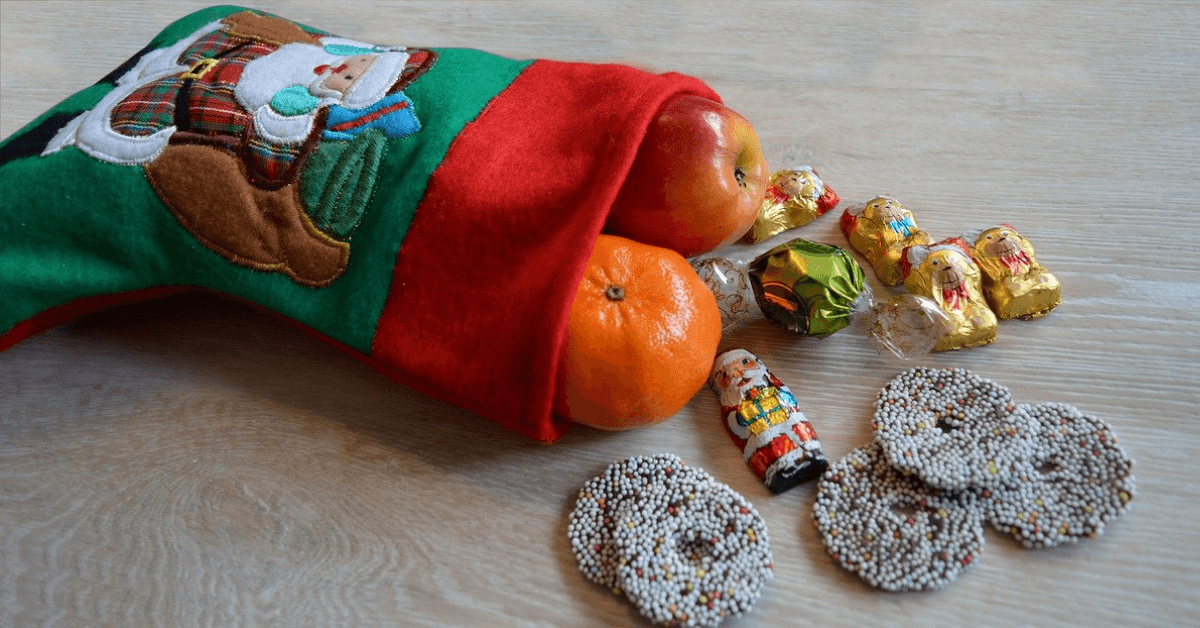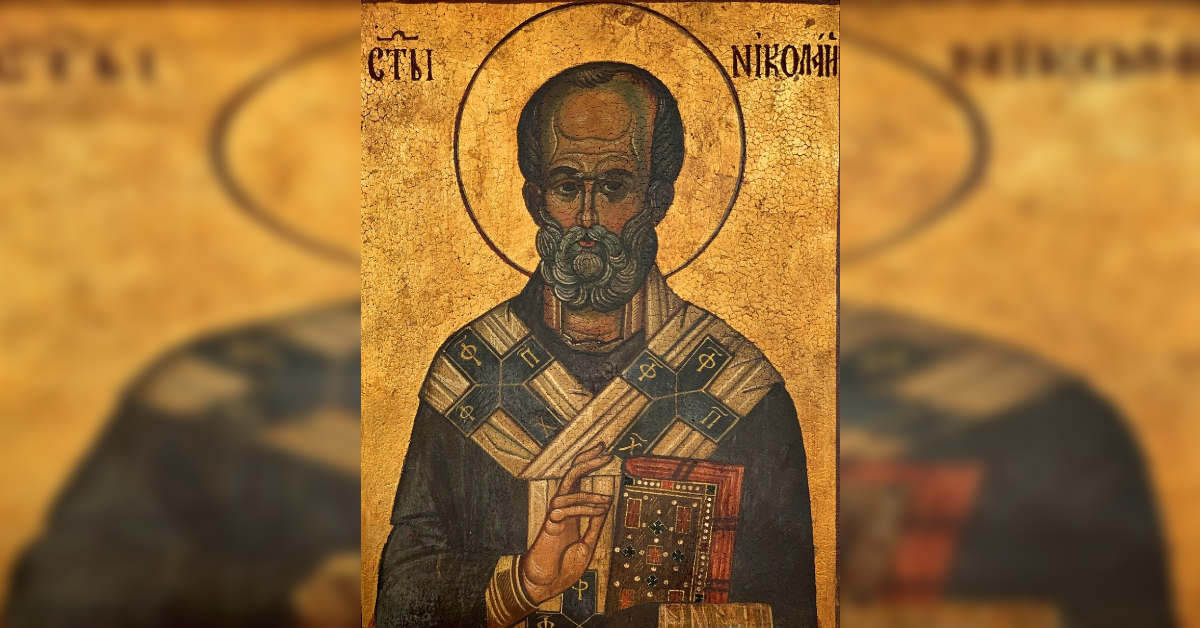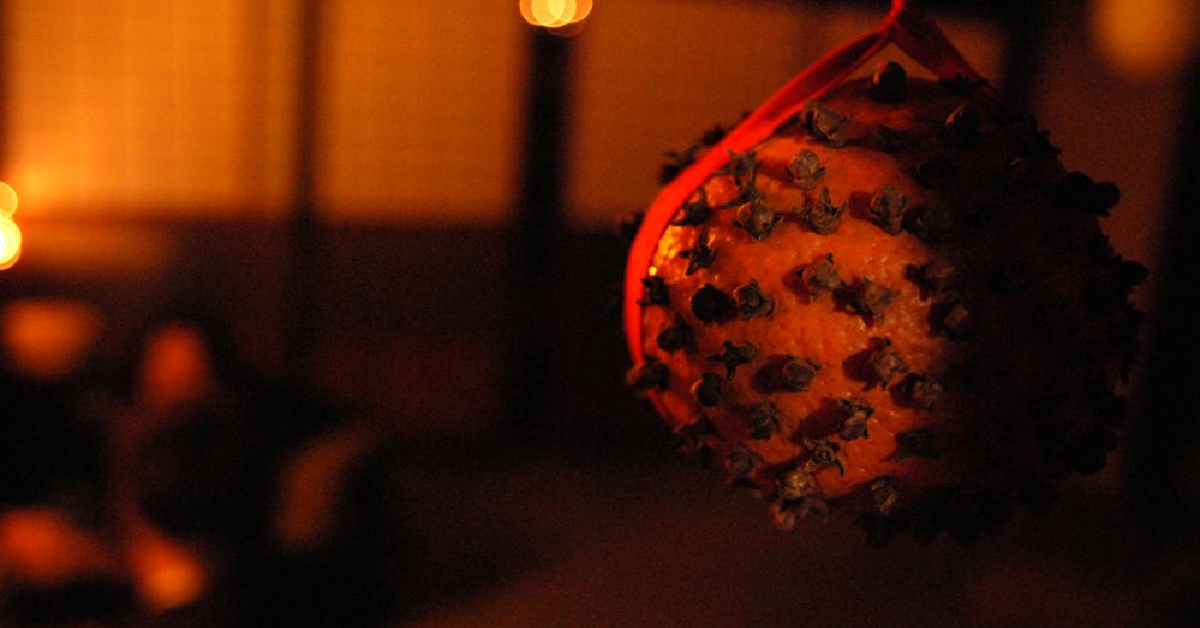Getting an orange in a Christmas stocking is a popular tradition. You may have received one for yourself, but do you know where the tradition comes from?
It’s an interesting custom that we definitely want to know more about. The prevailing theory that we have seen connects this gift to Santa Claus himself.

According to the Smithsonian Magazine, the tradition goes all the way back to the original story of Saint Nicholas.
He was canonized as a saint back in 1466. His parents, who were wealthy, told him that wanted to give his inheritance away. While many may have been upset by that news, Saint Nicholas did not cry or pout. Instead, he gave the bags of gold to a few poor maidens. This saved the young women from potentially being sold into slavery.

It’s believed that Saint Nicholas gave the bags of gold to the father of the maidens in the middle of the night. The gold allowed him to pay their dowry. If not for his kind actions, their lives would have turned out vastly different – and probably not for the better.
One sack of gold is said to have landed in a stocking that happened to be hanging out to dry by the fire. As time went on, people began to use oranges as a substitute for gold.

Another theory about the orange in a stocking focuses on the idea of oranges as a symbol of wealth.
You see, once upon a time, only the well-traveled had the ability to access such foods. Sunkist finally came around in the early 1900s and changed all of that.
https://www.facebook.com/MemoriesOfAnOldFashionedChristmas/posts/1967332083293629
As interest grew in oranges, the fruit became far more accessible. The company even advertised them as the “most healthful gift.”
Oranges also make for a good stocking stuffer because they nestle right into the toe of the stocking. During the Victorian era, pomanders were made by studding oranges with cloves. This simple practice may have also played a major role in making this tradition such a common one.

The orange is also seen as a symbol of good luck. Southern Chinese tradition dictates that mandarin oranges are exchanged during the Chinese New Year. In Cantonese, it is called “song gam” which is the same as “giving gold”. The recipient is supposed to enjoy increased prosperity in the New Year.
The more you know!













